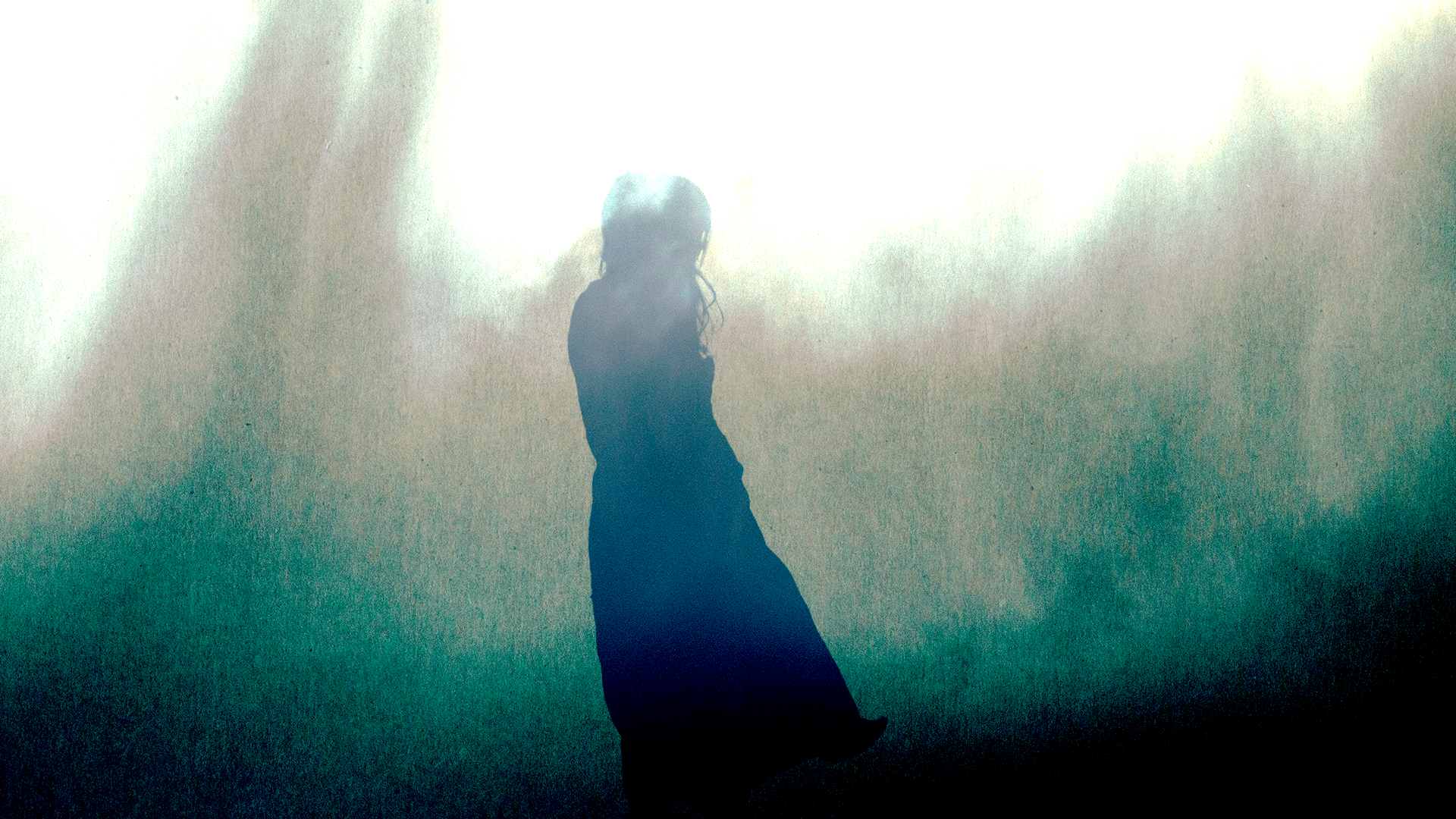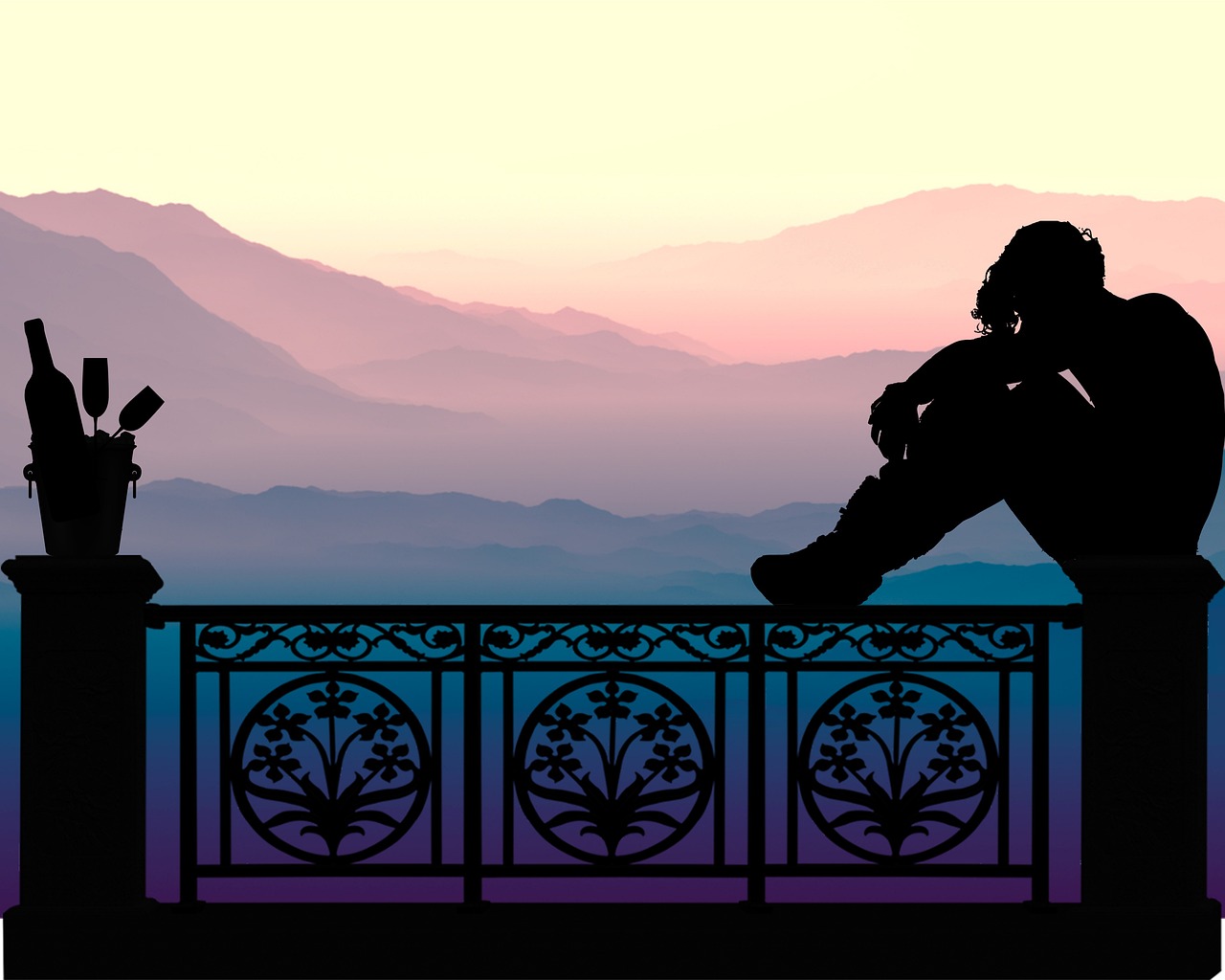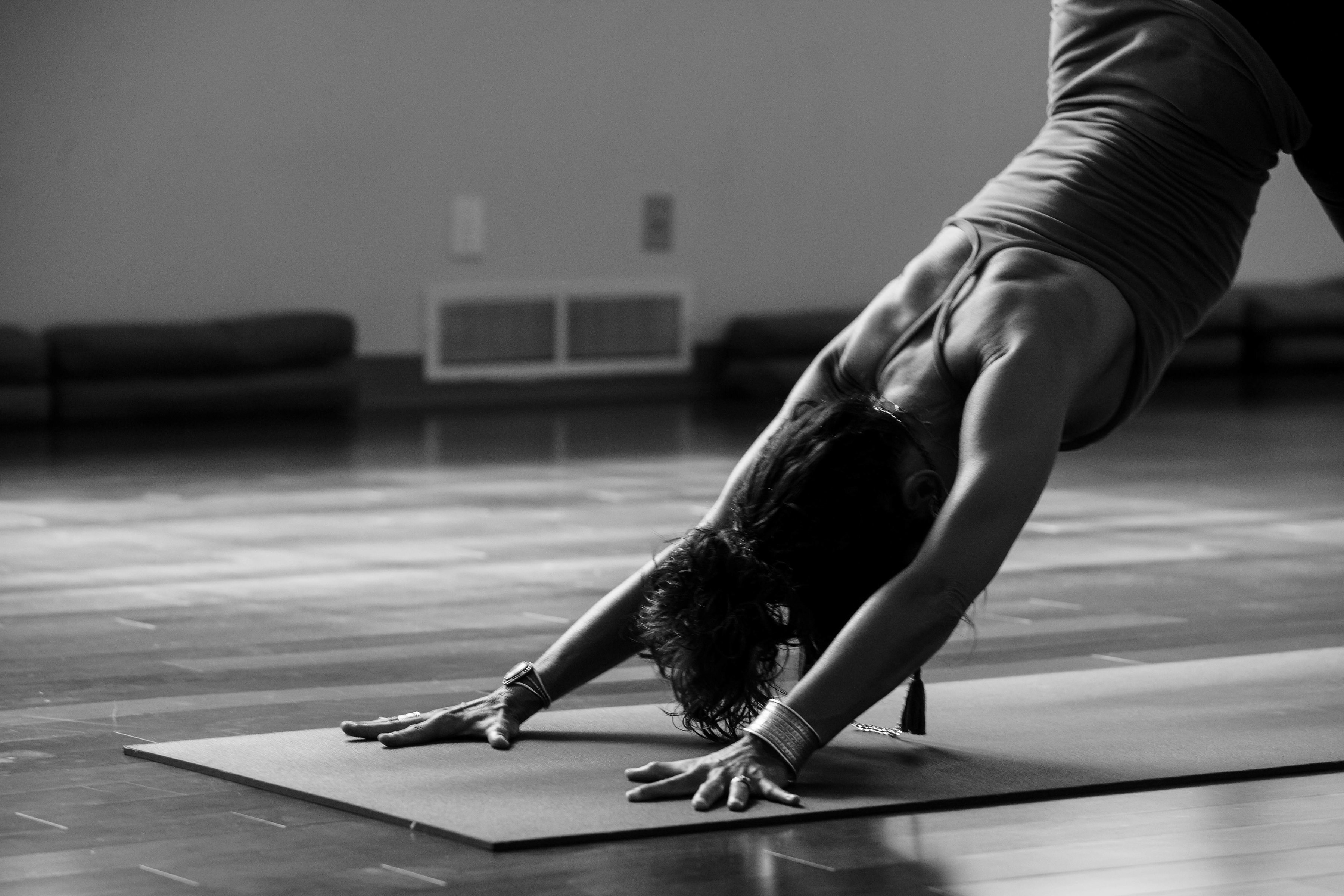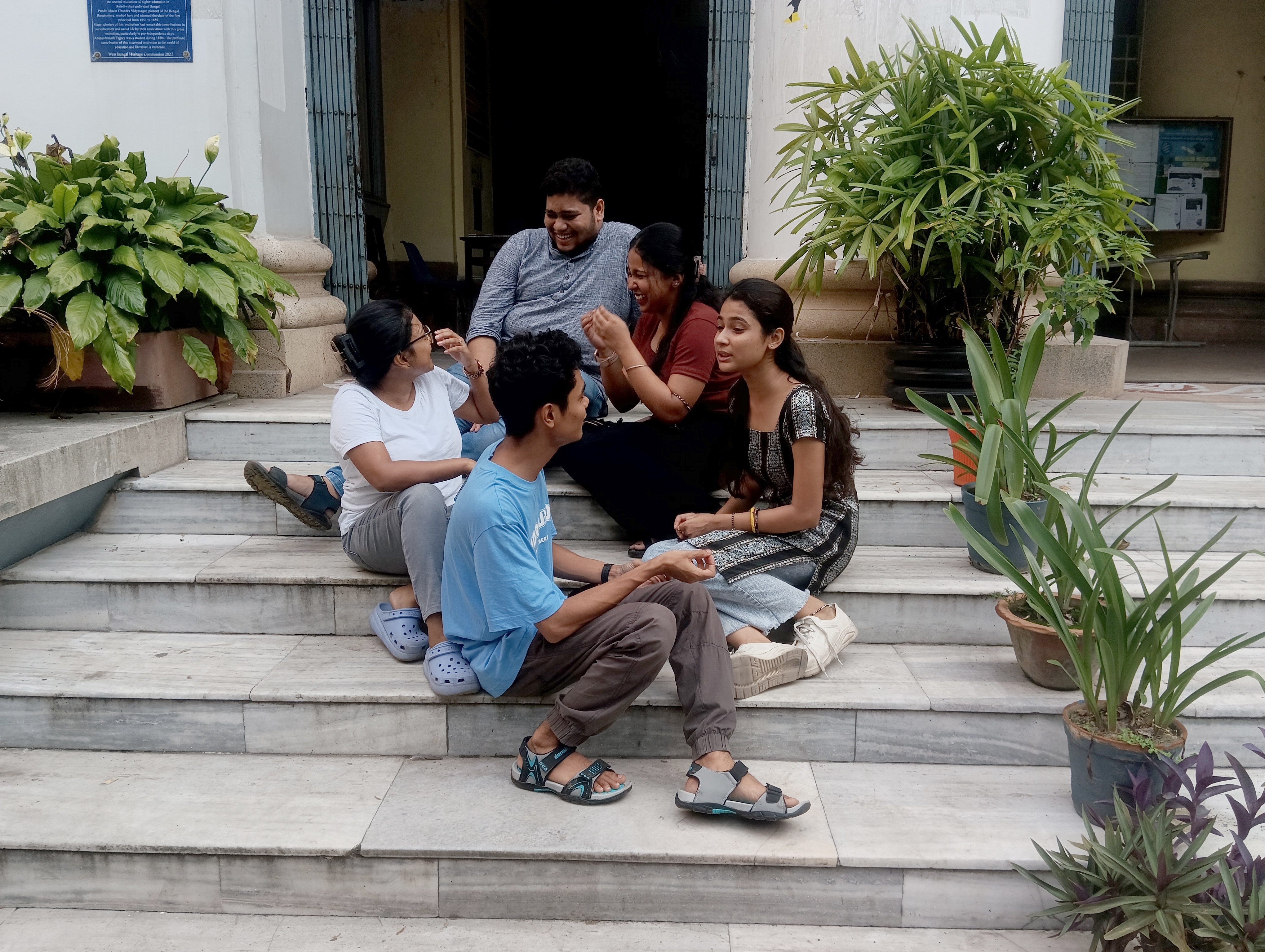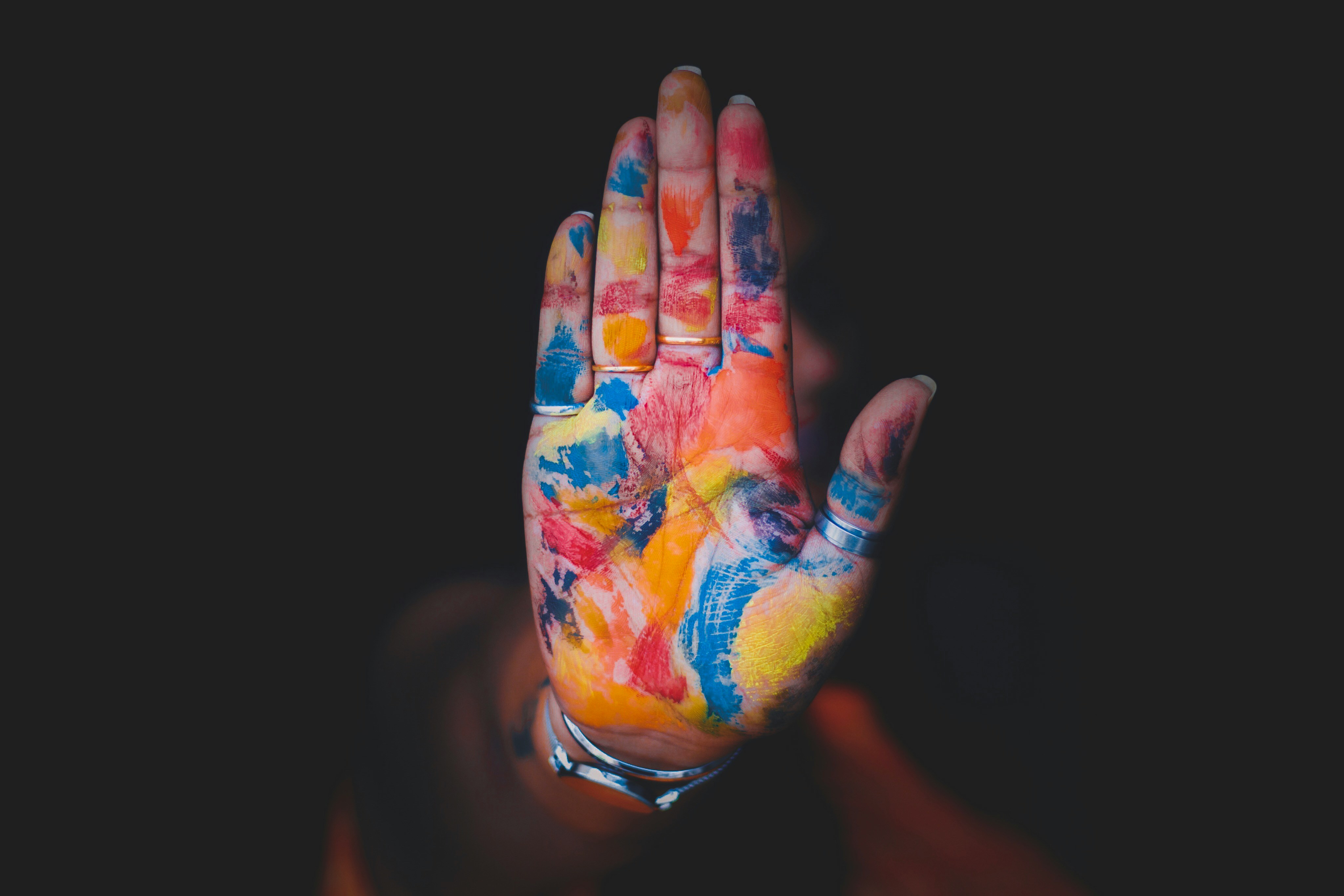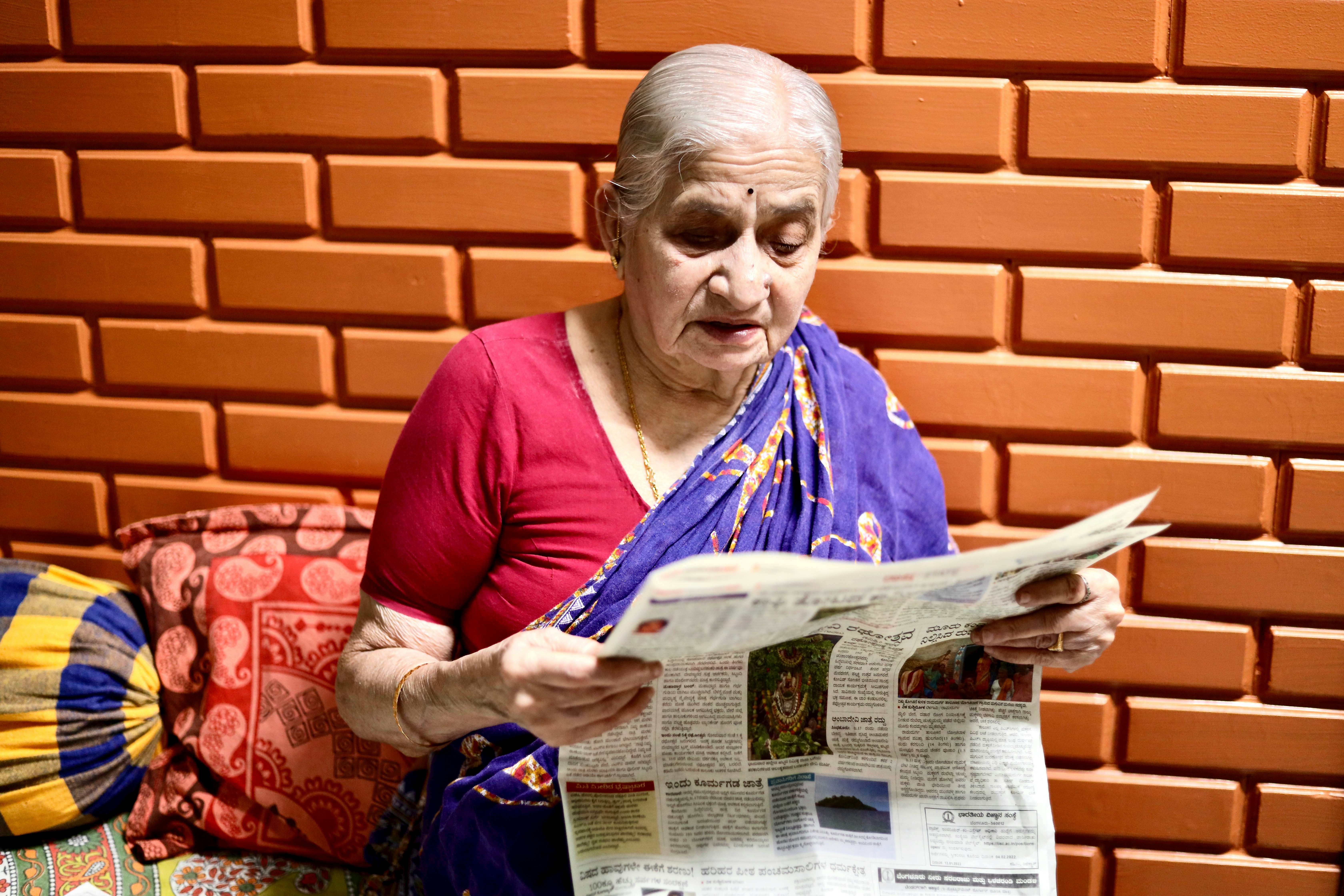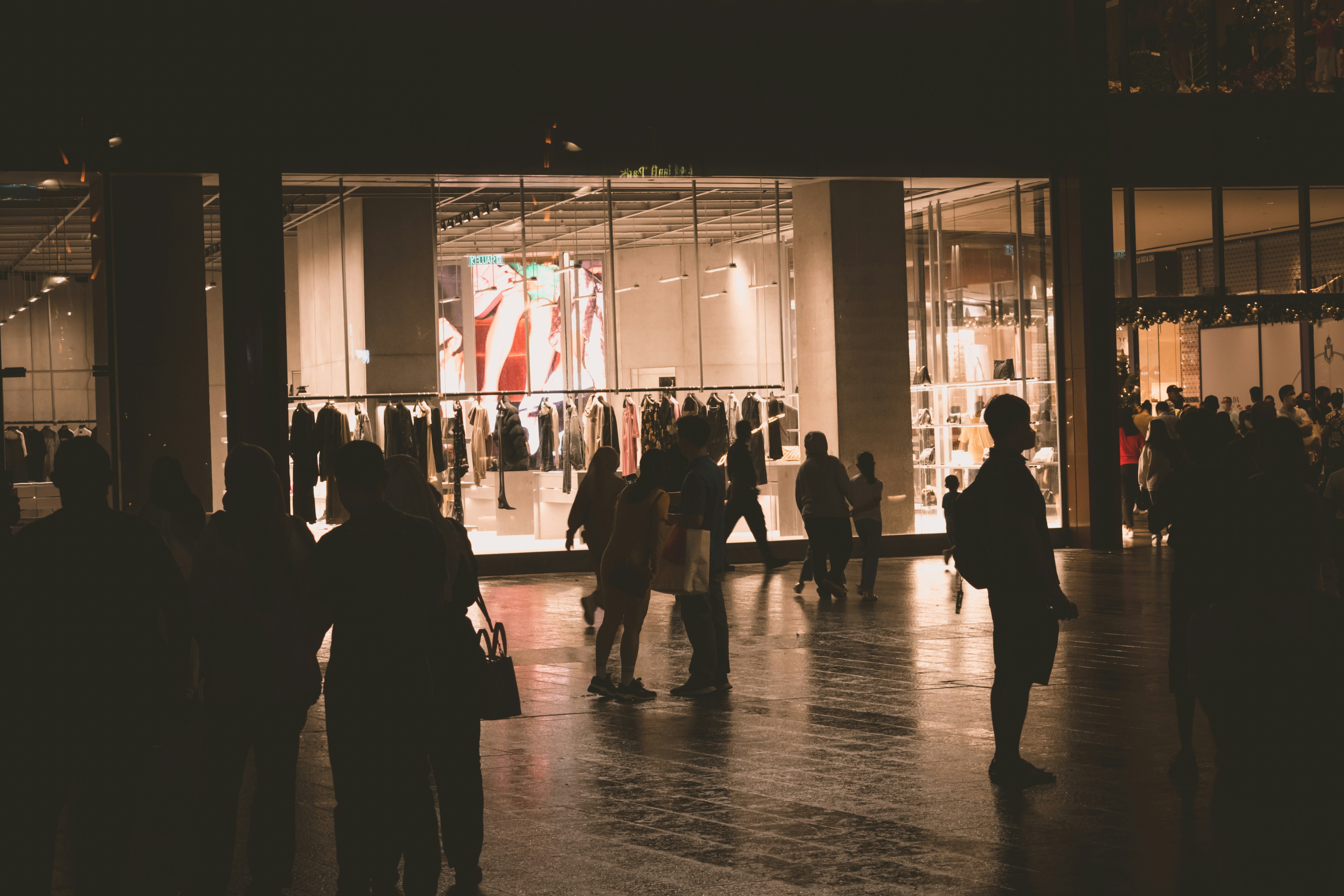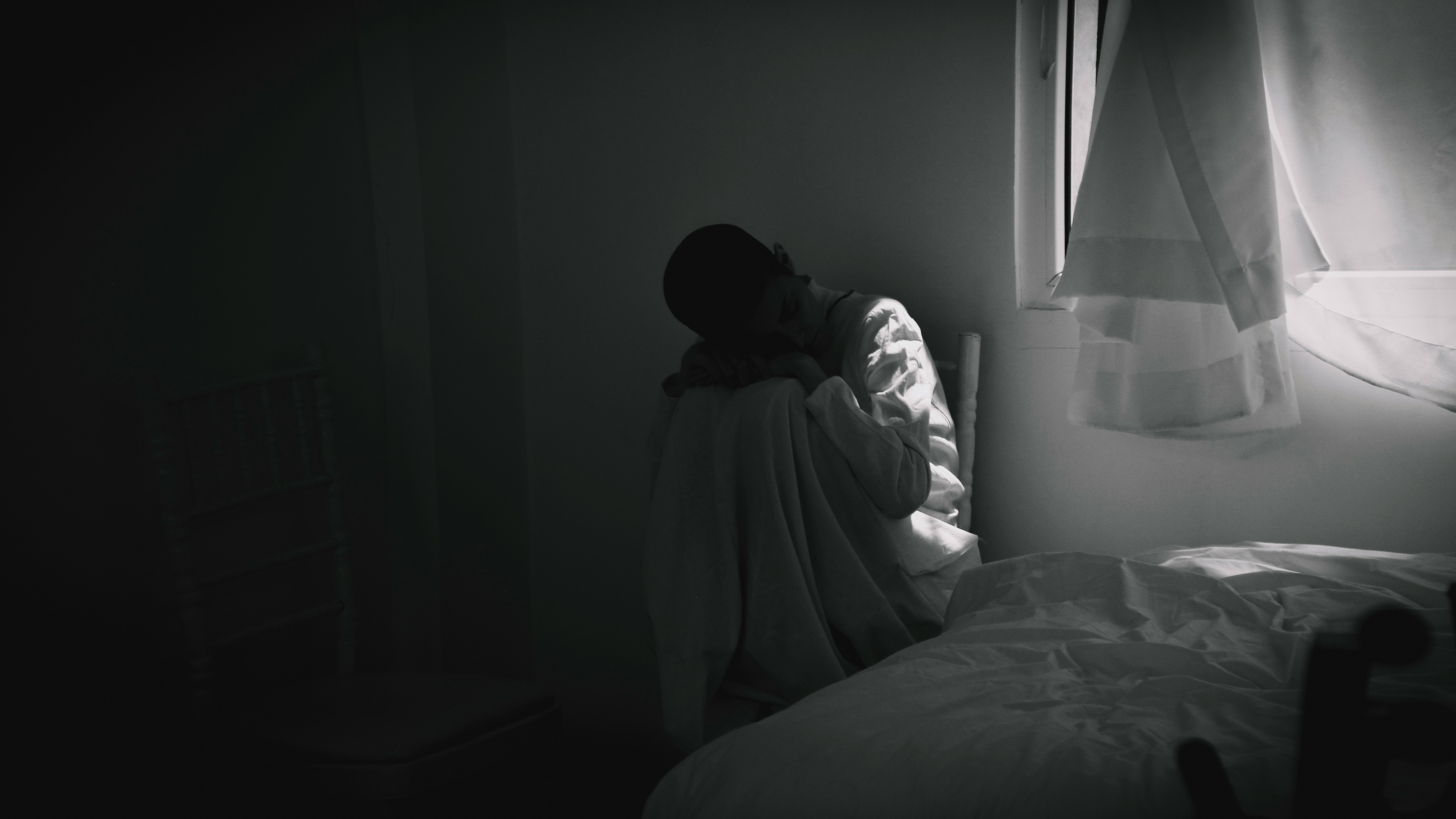Singapore's longevity success hides a dark side — the lonely deaths of its seniors — exposing a need to address social isolation in its ageing population.
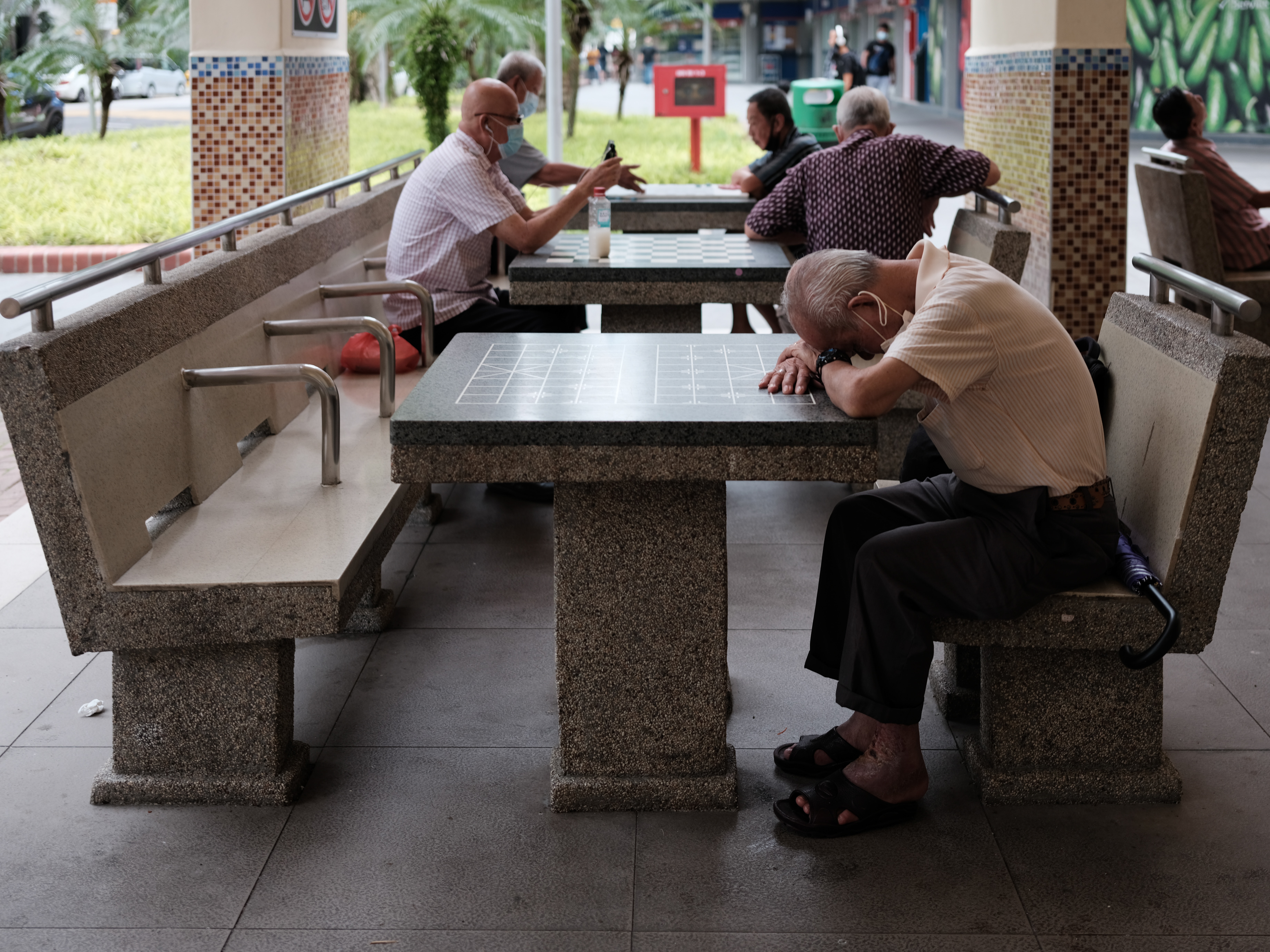 Social programmes that address loneliness are crucial for Singapore’s ageing population. : Galen Crout (Unsplash) Unsplash license
Social programmes that address loneliness are crucial for Singapore’s ageing population. : Galen Crout (Unsplash) Unsplash license
Singapore’s longevity success hides a dark side — the lonely deaths of its seniors — exposing a need to address social isolation in its ageing population.
Koh, aged 75 and partially blind, was used to doing everything together with his late wife — running errands, visiting museums and attending musicals. But after her passing, Koh felt as if he had lost his vision and purpose.
“My wife and I, we’re not exactly gregarious people. But we didn’t feel isolated because we found a lot of happiness in each other’s company,” he said.
“My loneliness is related to the fact that you can’t do many things by yourself. Sometimes people do not realise that I am blind. Especially when I am outside, people can get very nasty. I just feel very alone.”
To cope, Koh spends all his days listening to music at home, justifying that it’s normal for older people to retreat socially, especially with limited mobility and having no one that he needed to talk to specifically.
“I do get unhappy; then again, other people have it a lot worse,” he said.
Disconnection and death
News of older people dying alone at home and their bodies being discovered much later, appear frequently in Singapore’s local headlines.
Called ‘lonely deaths’, at least 37 such incidents were reported last year.
This April alone, three such cases occurred within a span of a week, sparking concerns about the wellbeing and safety of older persons, like Koh, who live by themselves and are largely disconnected from the rest of society.
Lonely deaths are the outcome of what can happen if social isolation and loneliness among our elders remain unaddressed.
Singapore has been newly designated an “engineered” Blue Zone — a place where people are expected to live longer and enjoy a better and healthier living environment.
This zone aims to create social infrastructure and policies that will contribute to Singapore having the world’s highest life and health expectancy — yet this accolade raises additional concerns.
Lily, 103, summed up the sentiment: “Being alive is the most difficult thing to do, it is useless to be alive. Cannot move around, cannot walk, what else is there to do?”
Yap, 74, wants to have coffee and make new friends in his neighbourhood. Instead, he feels like a “bird trapped in a cage”, because leg pains and a lack of money limit his ability to do so.
Longevity isn’t everything
Increased lifespans are seen as a positive thing but for some older adults, they can come with a harsh reality: living with disability and poor health.
This can leave them feeling trapped in their own bodies and circumstances, limiting their ability to engage meaningfully with the outside world, even if they leave their homes.
Aspirations to overcome loneliness were stymied by fears of falling, perceived discrimination or negative judgement, being the subject of gossip and being a burden — while poverty, pain, limited mobility, family dynamics, depression or low mood and caregiving responsibilities were reasons for individuals remaining isolated at home, further perpetuating chronic loneliness.
Mak, 65, needs a wheelchair to get around. The community care team referred him to fitness activities at the Active Ageing Centre because he reported being lonely and wanted physical activities to occupy his time.
He recounted his experience: “I felt inferior because I can’t do what others can. The exercises are very hard for me, so I rarely participate.”
On the other hand, 68-year-old Aishah feels the pressure to appear enthusiastic at community activities.
“The Residents’ Committee asks you to participate in this and that. They need you to be committed. Need your energy hyped. I don’t want to participate because my leg is not good. I don’t want them to be angry with me if I attend once and I decide not to come after. So, I didn’t come at all.”
A double trap
Lonely older people are not just trapped in their bodies, but also in their negative self-perceptions that may have been shaped by unpleasant social encounters.
Additionally, maladaptive forms of coping with loneliness will end up endangering, rather than protecting, the health of older people, which lowers their resilience. In turn, this leads to a poorer quality of life, physically and psychologically.
June Chua, who runs a shelter for homeless transgender women in Singapore, describes a few lonely older transgender women who “de-transitioned” — reverting to their gender assigned at birth — because they were desperate for care and social connection.
Concealment of one’s gender and sexual identity to avoid further alienation contributes to feelings of invisibility in community and care settings and, ironically, aggravates loneliness.
Further, social interventions that are activity-centric without sensitivity to access and addressing seniors’ experiences with discrimination and negative self-perception may end up alienating, rather than integrating, them into the community.
In the past few years, social service agencies have ramped up efforts to identify and engage reclusive seniors who are at risk of social isolation, based on objective indicators such as living alone, having limited or no social support, poor health status and mobility issues. They then refer them to appropriate community-based care services and activities.
Meaningful connection
However, it is vital to remember that remedies intended to counter loneliness need to be responsive and specific in addressing individual and structural stressors that hinder the formation of meaningful connections throughout someone’s life.
Studies have shown that self-mastery, or personally feeling a sense of control over your life, is a major psychological resource for countering loneliness. In that light, empowering older persons to gain personal mastery, in the particular context of Singapore, requires a progressive approach.
Koh and other lonely older persons’ stories drive home the point that individuals must be supported through a series of phases.
For Koh, he appeared to accept his loneliness, even though he doesn’t outwardly express it. He might even believe others have it worse. This suggests a passive approach to loneliness, rather than actively seeking to overcome it by challenging negative self-perceptions.
After these initial phases, creating the ability to make connections to form community ties and, finally, maintaining and sustaining these connections.
It is through this successful — yet often elusive — maintenance of robust community ties that the death trap of loneliness might be evaded.
Dr Ad Maulod is a cultural anthropologist and Senior Research Fellow at the Centre for Ageing Research and Education, Duke-NUS Medical School, Singapore. Dr Ad’s research focuses on translating cultural concepts of health and ageing into effective programme and policy interventions.
Originally published under Creative Commons by 360info™.



